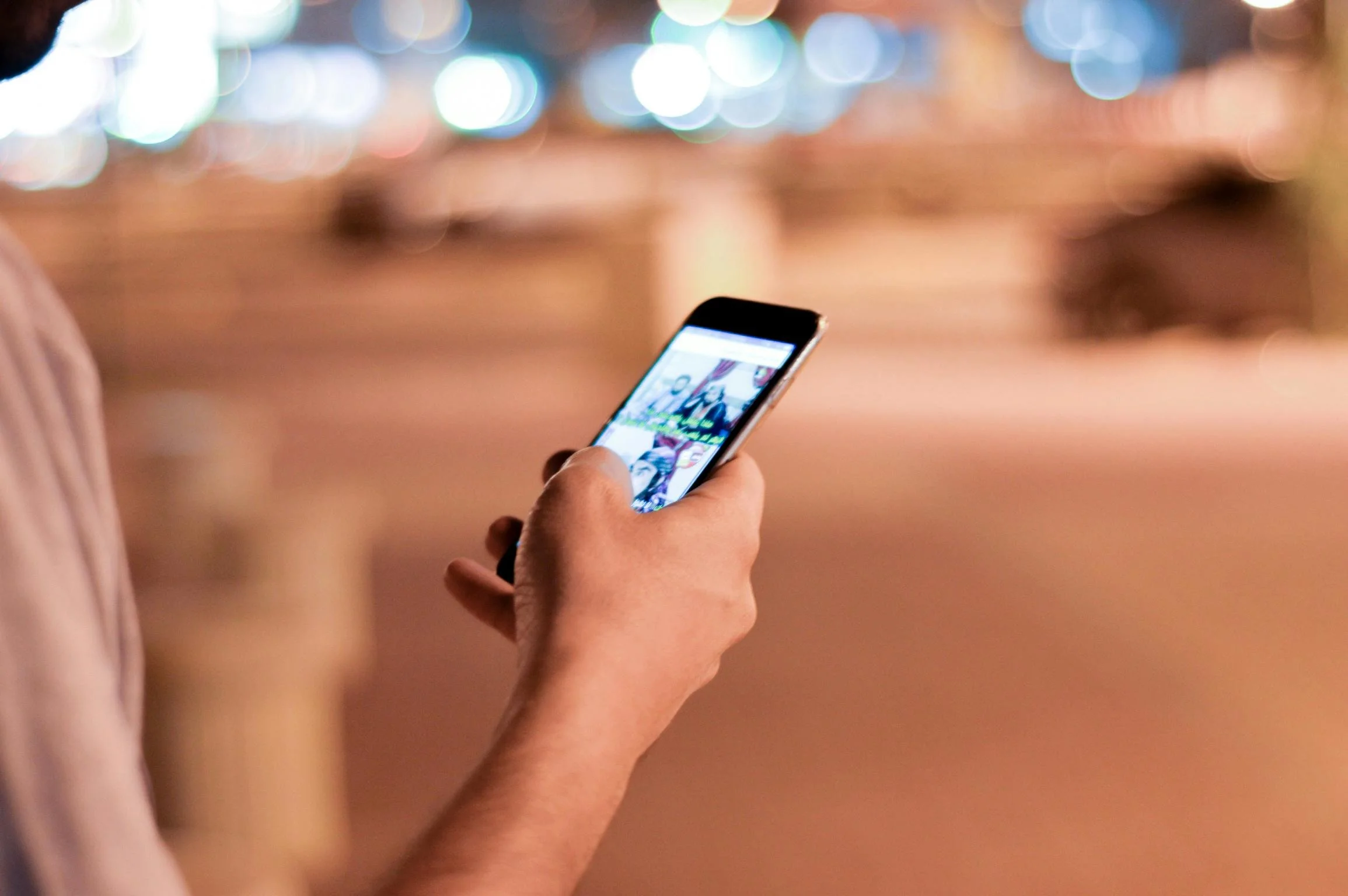Doomscrolling Explained: The Hidden Cycle of Anxiety and Avoidance
Now that social media is so prevalent, we all do it: you pick up your phone to check one thing, like a recipe for dinner, and suddenly you’re an hour deep into news, videos, or social media, feeling more drained and anxious than when you started.
This is doomscrolling. And it isn’t just a bad habit; it can be a sign that there’s something deeper going on inside of us.
What is Doomscrolling?
Doomscrolling is the tendency to endlessly scroll through negative, distressing, or anxiety-provoking content. While it can feel like staying informed or just unwinding, it often serves as a way to avoid feelings we’d rather not face.
The Anxiety-Scrolling Feedback Loop
When we feel anxious about anything from what’s for dinner to when that bill is due to whether we replied to that text, our anxiety can push us to reach for our phones. It usually starts with trying to find an answer or a quick solution but quickly turns into hoping that distraction will soothe our discomfort.
But the content we consume, especially upsetting news or social media that fuels comparison, often heightens anxiety instead of calming it. This keeps us turning back to our phones for more distraction, and the feedback loop is created: anxiety leads to scrolling, scrolling intensifies anxiety, and the cycle repeats.
Over time, this loop can actually increase feelings of hopelessness, stress, and disconnection from the present moment and the people around us.
Why Do We Scroll?
Because we’re human. It’s normal to want to avoid pain or discomfort. Facing discomfort head-on takes intentional, present awareness. For many, endless scrolling becomes a quick way to numb feelings like sadness, loneliness, boredom, or fear.
But while scrolling can temporarily mask those feelings, it doesn’t resolve them. Avoidance keeps us stuck, and the worst part is our emotions can actually feel bigger when we eventually stop scrolling.
Signs You’re Stuck in the Loop
Feeling nervous, restless, or agitated when you’re not on your phone
Compulsively checking your phone even when you know it’s unhelpful
Feeling worse, more anxious, sad, or empty after scrolling
Struggling to stay present with your friends, kids, coworkers, or family members
Trying to stop (using an app, timer, or lock-out system) but failing
So Now What Do You Do?
Awareness is the first step. You can try
grounding and breathing exercises
learn to set boundaries or limits on your phone use
or replace the habit with something healthier.
But ultimately, it can be helpful to get curious about what scrolling helps soothe and what your anxiety needs to feel more secure so you’re less likely to use your phone to avoid it.
Questions You Might Be Asking Yourself:
Why do I put my phone down, only to pick it up a few minutes later?
Why do I keep telling myself “just three more videos” and then lose another hour?
My partner is upset with how much I’m on my phone. How do I change that?
I want to play with my kids, but I keep getting distracted by my phone.
Why does scrolling feel easier than talking about what I’m feeling?
Why do I panic or feel empty if I don’t have my phone nearby?
How can I be alone with my thoughts without immediately reaching for my phone?
When to Seek Help
If scrolling is interfering with your relationships, responsibilities, or mental health, it’s time to reach out for support. Therapy can help you dig deeper to understand what’s driving your avoidance, develop healthier coping strategies, and work toward feeling more present and grounded.
You don’t have to do it alone. Whether you’re in Altamonte Springs or beyond, if you’re ready to reclaim your time, your peace, and your connection to yourself, we’re here to help.
Our therapists can support you in breaking free from doomscrolling and anxiety, developing healthier habits, and reconnecting with the present moment.
